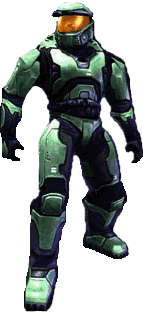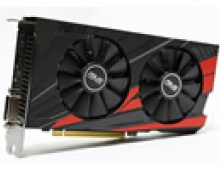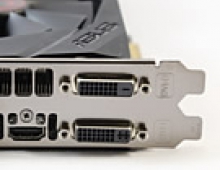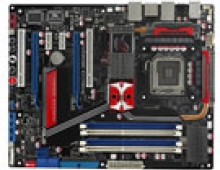Asus AX X800 XT Review
12. Halo
Review Pages
2. Test System
3. 3D Mark03
4. Aquamark 3
5. Codecreatures
6. GLExcess
7. Doom 3
8. Farcry
9. Unreal Tournament 2004
10. Hitman: Contracts
11. X2: The Threat
12. Halo
13. Tomb Raider : Angel of Darkness
14. Unreal Tournament 2003
15. Anti-Aliasing
16. Anisotropic-Filtering
17. Overclocking
18. Conclusion
HALO
 Halo is a sci-fi shooter that takes place on a mysterious alien ring-world. Packed with combat, Halo will have you battling on foot, and in vehicles, inside and outdoors with Alien and Human weaponry. Your objective: to uncover Halo’s horrible secrets and destroy mankind’s sworn enemy, the Covenant.
Halo is a sci-fi shooter that takes place on a mysterious alien ring-world. Packed with combat, Halo will have you battling on foot, and in vehicles, inside and outdoors with Alien and Human weaponry. Your objective: to uncover Halo’s horrible secrets and destroy mankind’s sworn enemy, the Covenant.
The game supports the latest shader technology of pixel shaders 2.0. Of course the graphics are somewhat better on PC than Xbox, since most of the game's shader effects have been redesigned to support the latest 2.0 shaders in DX9. Having in mind that there are few games supporting 2.0 pixel shaders, Halo is a good test for VGA cards performance on the shader technology.
A prominent disadvantage of the game is its lack of Anti Aliasing and Anisotropic Filtering support. If you get the funny idea to enable these settings via the control panel of your card, you will experience no difference in graphics quality as well as this would slow things down and lose performance.
For the Halo benchmark I set the default settings with pixel shaders 2.0 in the following resolutions: 1024x768, 1280x1024 and the awesome 1600x1200. I used the -timedemo command to execute the default benchmark sequence.

In Halo's default timedemo Asus' AX X800 XT is just a few fps behind the 6800 Ultra in all 3 resolutions. It seems that it will be difficult to judge which card will be the winner of our game benchmark suite since both VGA cards have their ups and downs in their performances.
Review Pages
2. Test System
3. 3D Mark03
4. Aquamark 3
5. Codecreatures
6. GLExcess
7. Doom 3
8. Farcry
9. Unreal Tournament 2004
10. Hitman: Contracts
11. X2: The Threat
12. Halo
13. Tomb Raider : Angel of Darkness
14. Unreal Tournament 2003
15. Anti-Aliasing
16. Anisotropic-Filtering
17. Overclocking
18. Conclusion






















